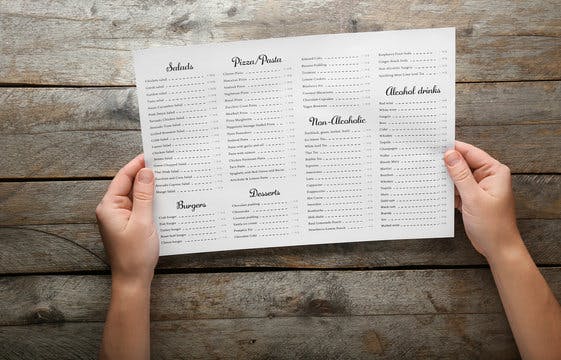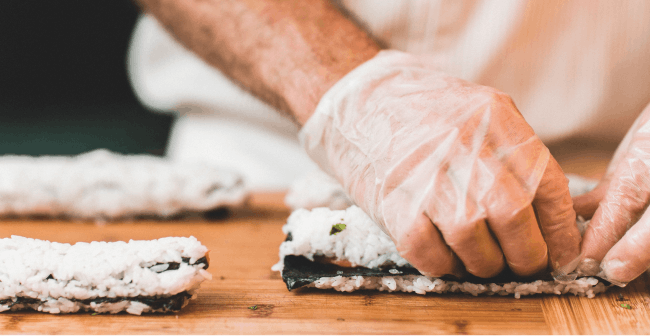

4. Update Pricing Based on Revenue Channels
If you have a branded mobile app and online ordering on top of dining in and drive-thru, you might want to consider pricing differently across these channels. Guests are willing to pay more for great hospitality, loyalty benefits, and ease of ordering. Since the pandemic, the definition of value has changed to include these factors. It doesn’t matter what the cost is, it matters what guests are getting for that cost.
5. Plan ahead using market trends
Optimizing your restaurant menu pricing doesn’t have to happen as soon as issues like inflation, labor shortages, and supply chain shortages arise. You can predict surges before they happen to stay on top of your restaurant menu pricing strategy. Plan your pricing based on market trends for when specific ingredients become higher cost during a given season. Rely on vendors or market reports to determine when changes will happen.
At the end of the day, you want to make sure that you balance profit-margin objectives and guest happiness. Appreciate your guests and listen to their feedback to make any necessary adjustments!

Book a demo to see how Otter’s all-in-one platform can help your restaurant thrive.